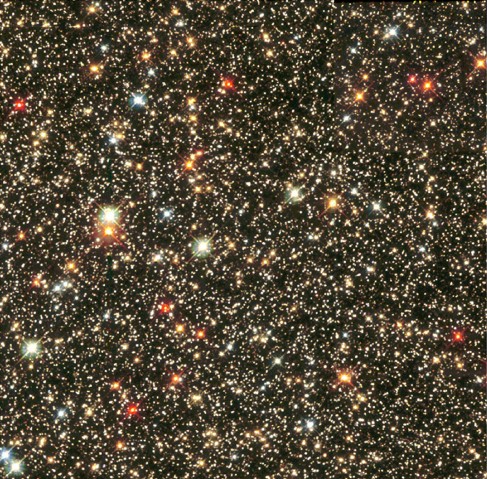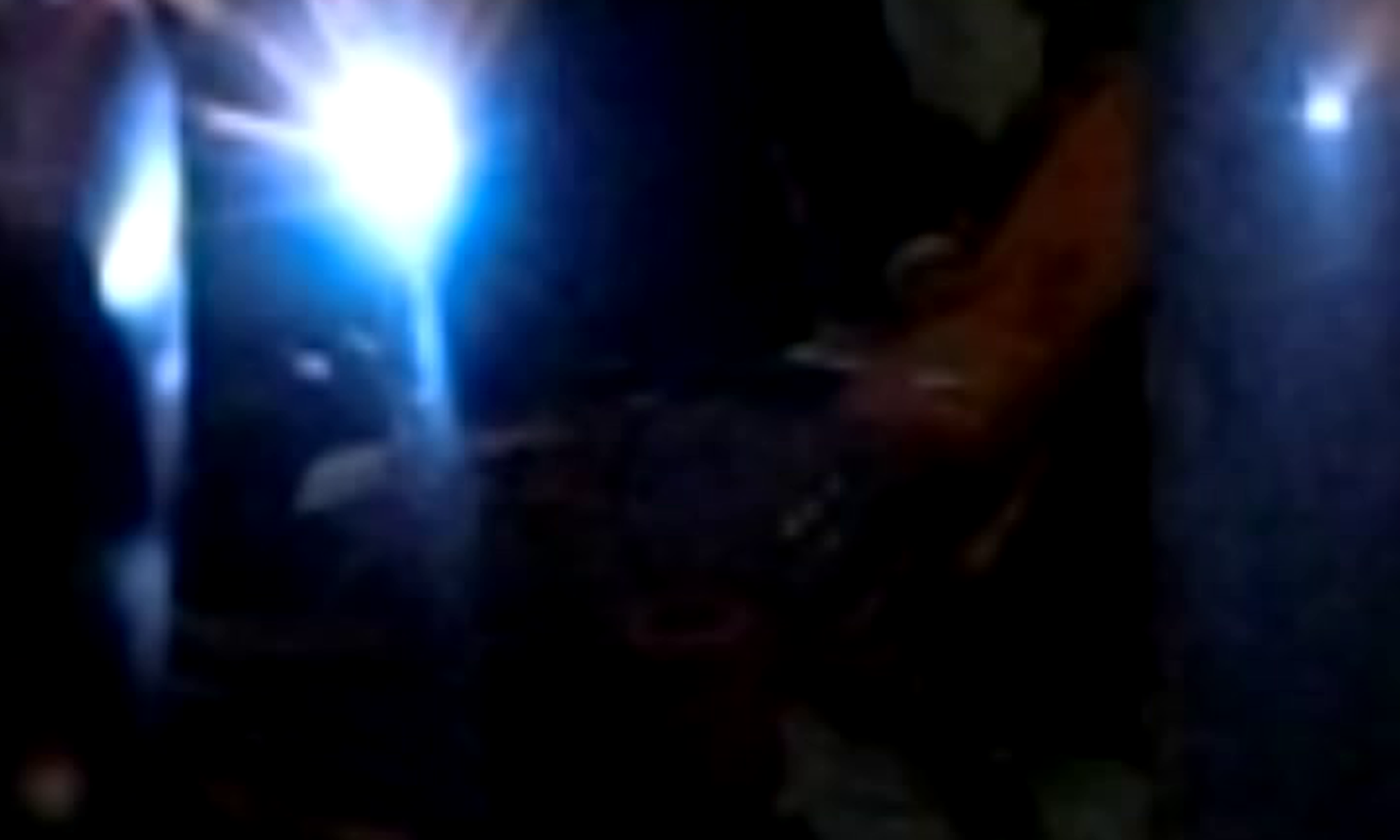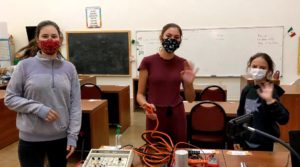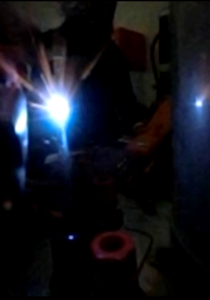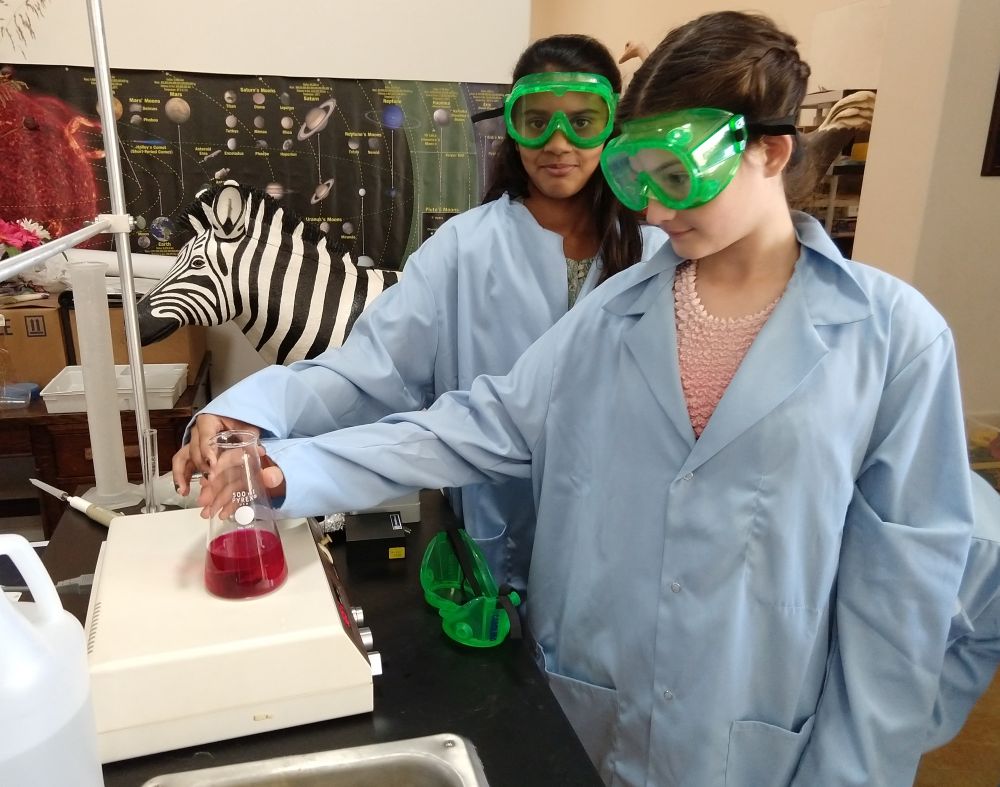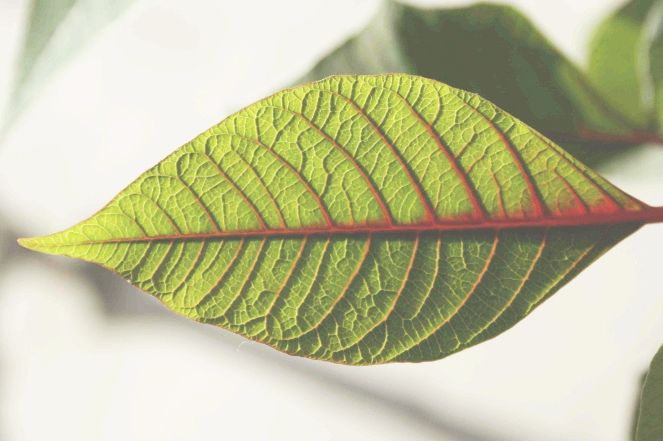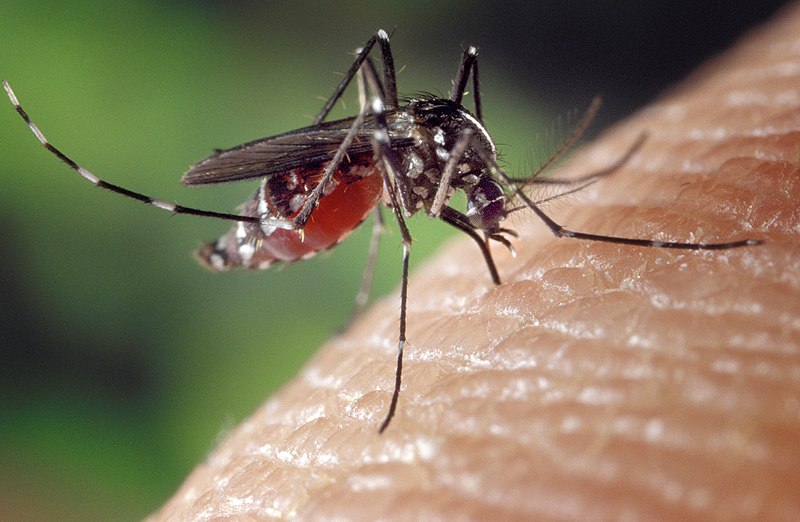My answer melds the physics and chemistry of light-driven chemical reactions – photosynthesis – with evolutionary biology and some properties of a star system. In brief, plants and other photosynthetic organisms need a source of stellar energy (good old Sol, for our Earth) with a good distribution of radiation (a good star temperature). The spectrum of visible light is highly appropriate, with energies of its photons or light particles adequate for photochemical reactions but not so high as to be prone to breaking up molecules directly. A chemical that can capture and hold the energy from absorbing the photons of that energy level is a great rarity – that’s chlorophyll, and by chance it absorbs red and blue, leaving much of the green. Now we can delve into intriguing details:
Well, this is not really at the popular science level, as it requires some grasp of how molecules interact with light. If you’re game for a bit of science beyond that of a fair fraction of Web users, here goes:
First, energy availability: most of the energy in the spectrum of the Sun is in visible light, of wavelengths between 400 and 700 nanometers (nm, billionths of a meter). (Compare a human hair’s diameter, 80,000 to 100,000 nm.) Extreme blue light, the shortest wavelength most people can see, is 400 nm; deep red is 700 nm. This range of wavelengths happens to be close to the same at that absorbed by green plants. It makes evolutionary sense for plants to use this abundant energy source. We haven’t yet argued why the green isn’t used well, thereby being sent off substantially unused from leaves, to reach our eyes as pretty green light.
Second, energy utility: to make new, stable, energy-packed molecules – that is, sugars – from other molecules in the environment – water and CO2 – takes the amount of energy that’s carried by the particles of light, the photons, in this range of wavelengths. That photon energy is E = hν, with ν, or “nu” being the frequency of the light; h is Planck’s constant. We can quote that in various units in science, as 1.77 to 3.09 electron-volts (ah, battery voltage, which we know can cause chemical reactions by breaking or remaking bonds) . If you like old English units (alas, not used in science) and you consider a mole of photons – a mole is Avogadro’s number of anything – then that’s 171 to 299 kilojoules or 41 to 71 kilocalories (food calories). Even with that much energy per photon or mole of photons, it takes a pooling of energy from a couple of photons to move an electron from water onto CO2 when making sugars.
Two sidelights on energy utility: First, there are bacteria that use light of even longer wavelengths, to about 850 nm. Their photochemical reactions differ from those used by green plants. That’s about the lowest energy that’s usable. Second, higher energy photons in the ultraviolet can do photochemistry even more vigorously… too vigorously, as we know. We get sunburn, all organisms get DNA breakage and other damage. One great feature of the Earth is the ozone shield – among many special conditions (see my other essays, about habitable planets and about Proxima Centauri b, in particular). That layer keeps out most UV light.
Third, energy retention: Chlorophyll has unique photophysical properties. Consider what happens when a molecule of any type is able to absorb light. There has to be a jump in molecular motion – rotation, vibration, or the “orbital” motion of its electrons – with a difference in energy from the starting point that exactly matches the energy of the light particle or photon. OK, visible light is fairly energetic, able to excite changes in electronic motion and even to break bonds in some cases. We’re considering a Chl (chlorophyll) molecule starting out in what’s called the ground electronic state. When it absorbs light it jumps into a new electronic state. There are two states readily available when visible light is absorbed. One, the first excited singlet state (S1) lies at the difference in energy from the ground state that matches the energy embodied by red light. There is also a second excited singlet state (S2) at the energy embodied by blue light. Most organic molecules that absorb electromagnetic radiation that is as energetic as red or blue light don’t hold onto the energy of excitation long. Particularly if the molecule is complex (and Chl is, having 137 atoms), there are many ways of converting the energy of electronic excitation into other motions of the molecule – and of neighboring molecules – such as vibration and rotation, thus, eventually to heat. Chlorophyll is a rarity, in that it holds onto the “high-quality” energy of electronic excitation a relatively long time, on the order of billionths of a second. That’s long enough for the excitation to be used in a photochemical reaction, the start of photosynthesis. The excitation can be transferred from one Chl to another, in what’s called nonradiative transfer or Förster transfer – the receiving molecule has an energy level to match that of the donor.
One paragraph with some quantum mechanics:That is, Chl has low rates of loss by internal conversion (to heat) or intersystem crossing (to the first excited triplet state, to which direct absorption is first-order forbidden by quantum symmetry rules, and with which there is a danger of creating damaging singlet oxygen from ground-state triplet O2). G. Wilse Robinson at Caltech had a great course on this topic, using a sophisticated analysis of the density of states (rovibronic states, or quantum energy levels). I wrote about this years ago – see V. P. Gutschick. 1978. Concentration quenching in chlorophyll-a and relation to functional charge transfer in vivo. J.Bioenerg. Biomembr.10: 153-170. Note that absorption spectra are broadened by local environmental interactions of the Chls to cover a good fraction of the solar spectrum, and also there are auxiliary pigments (carotenoids) to fill in even more of the spectrum. So, leaves absorbing 85% of the solar spectrum is a good deal! So, chlorophyll makes excellent use of the spectrum of light from the Sun.
Chlorophyll is then a unique molecule, with a few variant forms (Chl a, Chl b, bacteriochlorophyll). You can’t fault it for not absorbing light at all the visible wavelengths. Absorb red and absorb blue and you leave green to be passed on to the eye by reflection or transmission. So, the whole package of properties comes down to the requirement for a molecule that leaves us the green (did I intend that pun?).
There’s more to say, much more, but here is a short discussion of how and why plants seem to waste a lot of the energy in sunlight. Chlorophyll and the auxiliary pigments absorb more light in bright sunlight than they can use. This is an interesting situation in evolution. Here are considerations:
First, leaves can’t pack in enough enzymes, the proteins that carry out the sugar-making reactions by using the energy of light that’s been captured in the photochemistry, which makes molecules that store energy but are unstable. The products of photochemistry have to be used in a complex series of nonphotochemical or “dark” reactions. These reactions use proteins, enzymes, that catalyze the combination of various chemical species along a long and tangled path. It happens that the enzyme that does the first, critical reaction, combining CO2 with a receptor molecule, ribulose bisphosphate, has a low reaction rate or turnover number. One molecule of ribulose bisphosphate carboxylase/oxygenase (Rubisco, for short, or a great name for a plant physiologist’s dog) can only process a dozen or so CO2 molecules per second. There are other enzymes blazingly faster: carbonic anhydrase turns over about 500,000 molecules per second of CO2 from carbonic acid (good for us air breathers so that we can remove CO2 as a waste product of our metabolism). There’s a good reason for Rubisco being so slow – its reaction is the second most difficult reaction in the biological world, after the reaction catalyzed by nitrogenase enzyme in nitrogen-fixing microbes. The chemical bonds in CO2 are very tough, almost as tough as those in N≡N or N2 (ordinary nitrogen gas). It takes real energy to change these bonds. A leaf that could use all the energy in full sunlight would be very thick, with concurrent problems in moving reactants around. Thus, leaves hit a maximal rate of photosynthesis at a modest fraction of full sunlight, maybe 1/20 for some trees to 1/2 for some very robust photosynthesizers such as the “weed” Camissonia claviformis. You might look at a couple of my publications for more ideas: V. P. Gutschick. 1984. Photosynthesis model for C3 leaves incorporating CO2 transport, radiation propagation, and biochemistry. 1. Kinetics and their parametrization. Photosynthetica. 18: 549-568, and V. P. Gutschick – and ____. 2. Ecological and agricultural utility. Photosynthetica 18: 569-595.
Second, and related, is a sort of CO2 starvation of plants, another great story in evolution. In a somewhat simplified view, plants have been too successful in both photosynthesis and self-protection. In the latter aspect, they make structural compounds, cellulose and lignins, that are hard for bacteria and fungi to break down, even as versatile metabolically as these organisms are. As a result, a rather tiny fraction of carbon compounds derived from photosynthetic organisms end up not being fully decomposed before the site of their deposition gets buried geologically. That’s how we get coal, oil, and natural gas. Even though we’re now down our damnedest (an appropriate adjective, I offer) to burn these all back into CO2 in the air, the level of CO2 in the air has been dropping for eons, on average. There are a lot of tales tied to this, such as climate change and Snowball Earth (check it out), but the key thing is that CO2 is at “only” 405 parts per million in today’s air (2018). It’s a trick for leaves to take up CO2 with only a small driving force (concentration of CO2 outside the leaf relative to inside the leaf). In fact, it’s why plants need so much water. With their leaf pores, the stomata (little stomach) open, they take up CO2 but lose about 100 to 500 times more molecules of water. The situation has been getting worse, then, for plants; their water-use efficiency is getting lower. About twenty times, some plant lineages have evolved a new first step for capturing CO2, the so-called C4 plants (and Crassulacean acid metabolism or CAM plants, similarly). I’ll skip the details here.
Third, the inability to use all the energy flow in full sunlight leads to interesting competitive relations among plants, as well as interesting light signalling in plants. Plants exposed to full sun, the overstory plants (or their top leaves, at least), spend a lot of time light-saturated. They use part of the solar energy and dump the rest as heat. They have to really protect themselves from absorbing too much light and thus getting too much photodamage,. The leaves have the help of xanthophyll pigments that can absorb excess light and convert it to heat effectively (high rates of internal conversion of the energy of electronic excitation). Still, thicker leaves with more Rubisco could help, as could having leaves presented at a steeper angle to the sun, thus spreading light out over a bigger area at a lower intensity. The latter strategy has been used in crop breeding, in what’s called the erect-leaf hypothesis. Modern varieties of maize (corn, in US palance; Zea mays) have rather erect leaves and are more efficient in using light. Another strategy is making leaves with less chlorophyll. They’d have lower rates of photosynthesis in their top leaves but could share light with lower leaves. Using results from the papers I just cited, in a follow-on article (oops; kinda big, at 5 MB, a scan of pages), I proposed that “pale mutants” would have 8% higher yields in dense stands of a monoculture. This idea was picked up by colleague John Hesketh at the University of Illinois- and it worked! (W. T. Pettigrew et al. 1989. Crop Science 29: 1024-1029).) Crop breeders didn’t go for it – what farmer likes pale green crops? There is also a very good ecological / evolutionary reason that wild plants don’t embody this – why share a resource, light, with competitors!
Signaling with light: The color quality of light changes as one moves deeper into a plant stand. There’s more green, less red. Plants have elaborate photosensors to control where they invest in making leaves and in growing stems. They don’t respond to green, but to the ratio of red light to far-red light. Deeper in the canopy, the red light is much reduced, having been absorbed by leaves above. There is less reduction in the intensity of far-red light, at wavelengths just longer than the absorption edge of chlorophyll. The red:far-red ratio detected by a plant changes the plant responses. For a plant evolved to be an overstory plant, intolerant of shade, a low red:far-red ratio triggers a response to elongate its stem to help rise to the top, and at the same time to forgo developing leaves at depth. There is a vasts literature on such signaling responses in plants.
Those 137 atoms in chlorophyll: about 52 aren’t key to handling the electronic excitation arising from absorbing light. They are in the “phytl tail,” a long chain of hydrocarbon that helps the chlorophyll molecule imbed in a fatty or lipid membrane. Photosynthesis has to be done across a biological membrane for several reasons. Among these are safe separation of electrical charges, ability to recoup some energy by letting charges come back through what’s effectively a turbine to make ATP, the cell’s energy currency. That’s a whole ‘nother story, not to be pursued here.
One final note here: Since there’s less light deeper in a stand of plants (a “canopy”), should lower leaves have progressively less investment in photosynthetic enzymes and overall mass? Frits Wiegel and I modeled that in 1984, publishing it later (V.P. Gutschick and F. W. Wiegel. 1988. American Naturalist 132: 67-86). We came up with a profile of leaf mass per area vs. optical depth in the canopy that looks like that of real plants. Making hypotheses from some deep physics and chemistry to see if the concepts work out in nature is so much fun, and it’s also of potential use. I have lots of other plant models and tests published. You can take a look at https://gcconsortium.com/about_us_founders_qualifications.html.
Addendum: A chemist’s joke: What is Avogadro’s number of avocados? A guacamole. Note that this number would fill the oceans about 100 times over. Have fun working out the math.
Another one: Chlorophyll has 137 atoms. That’s essentially the reciprocal of the fine-structure constant, which is a fundamental constant in the theory of electromagnetic interactions – which includes, of course, light with electrons in molecules. I mentioned this to Nobel laureate Murray Gell-Mann once in the cafeteria at Los Alamos, to his amusement.
![]()

![]()

![]()

